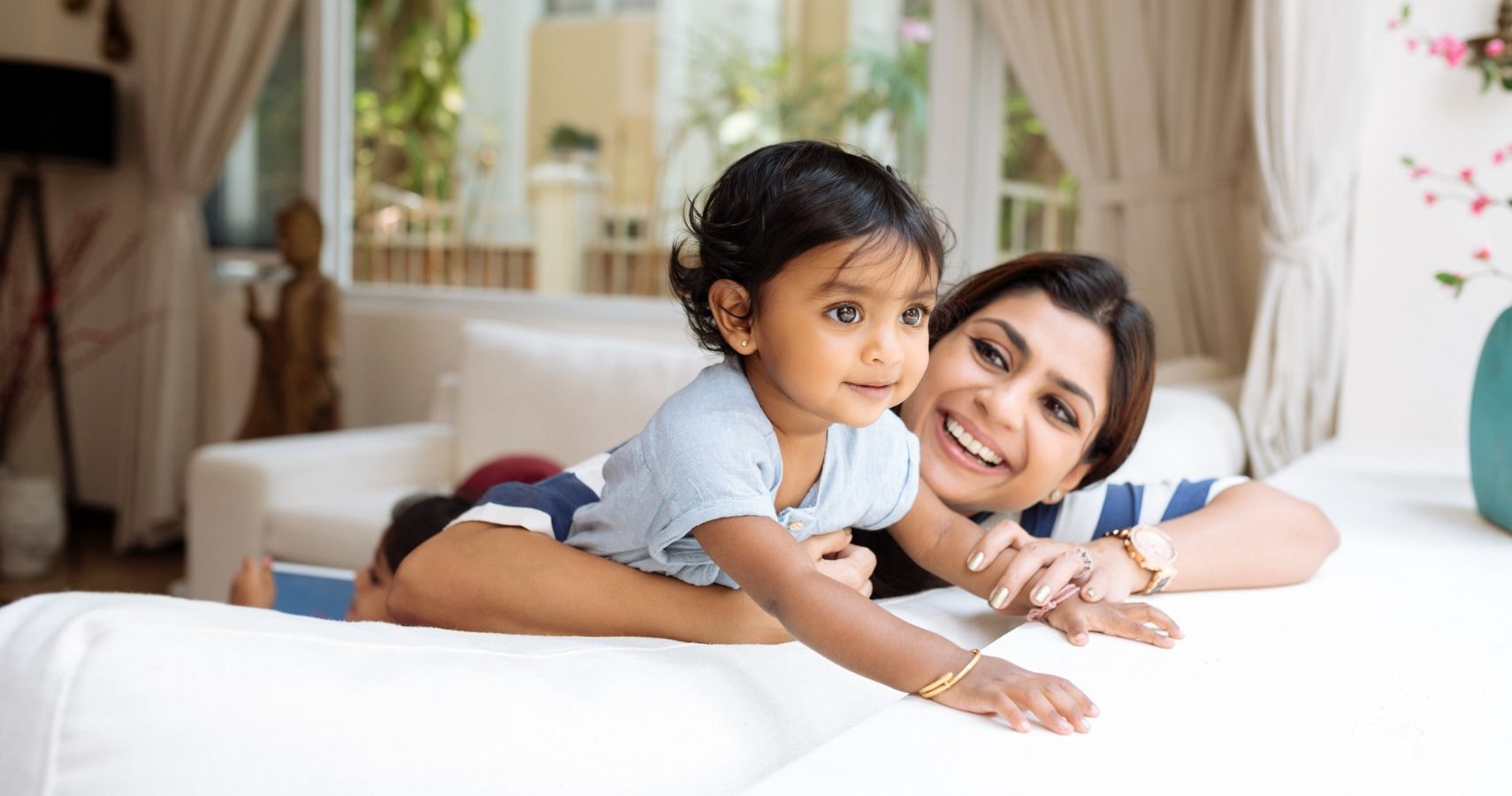Safety is always a main concern for a lot of parents, and especially moms and dads who have a newborn at home. Many parents do everything they can to baby-proof their homes, especially when their tots start crawling, moving around and walking. But now a new report says that there are many different things to look out for, especially when it comes to common household injuries.
Many would assume that their homes are safe havens for their children. And while that is mostly true, some of the top home injury deaths are caused by fires and burns that happen in the kitchen. There are also suffocations, drownings, falls and poisonings that happen all too often and on a daily basis, too.
According to the Centers for Disease Control and Prevention, 300 children from ages 1 to 19 are treated in the emergency room for burns every day. That’s a scary statistic. When it comes to suffocation, over 3,500 infants die each year in sleep-related or accidental suffocation. Also, keep in mind that drownings are still a leading cause of death for children aged 14 and below. All it takes is just a few seconds for something fatal to happen while a child is taking a bath, and even during under the supervision of an adult.
The National Institute for Child Health and Development also states that 300 kids every day wind up in the hospital because of poisoning. Two children a day die from it. That’s why parents are being urged to keep medicine and toxic products like cleaning solutions and detergent pods away or out of reach from their kids. That, or simply lock them up in your kitchen cabinets or pantries.
And while this doesn’t necessarily mean that parents have to baby proof their homes to the extreme, it would help to be a little more mindful of where certain things are in your home, if they are reachable and if they pose any risks to you or your family members. Moms and dads will just have to be on the lookout until someone comes up with an innovative way to add a pair of eyes to the back of our heads (for those of us who don’t already have them there).
READ NEXT: Winter Safety Advice For Parents And Kids

